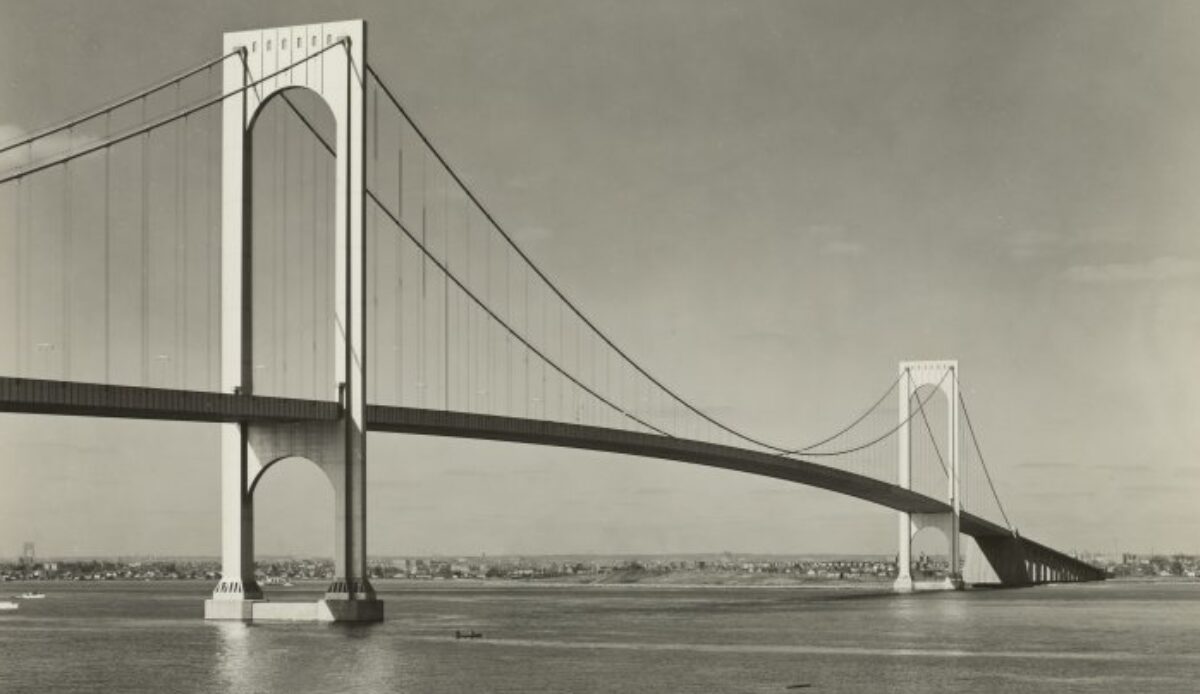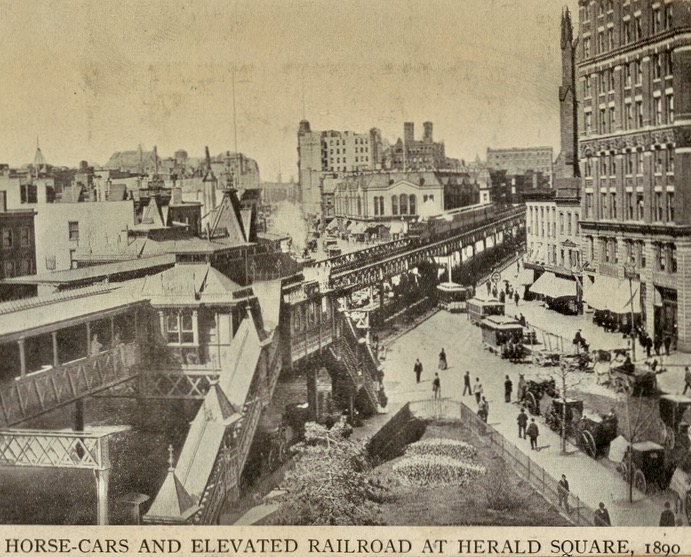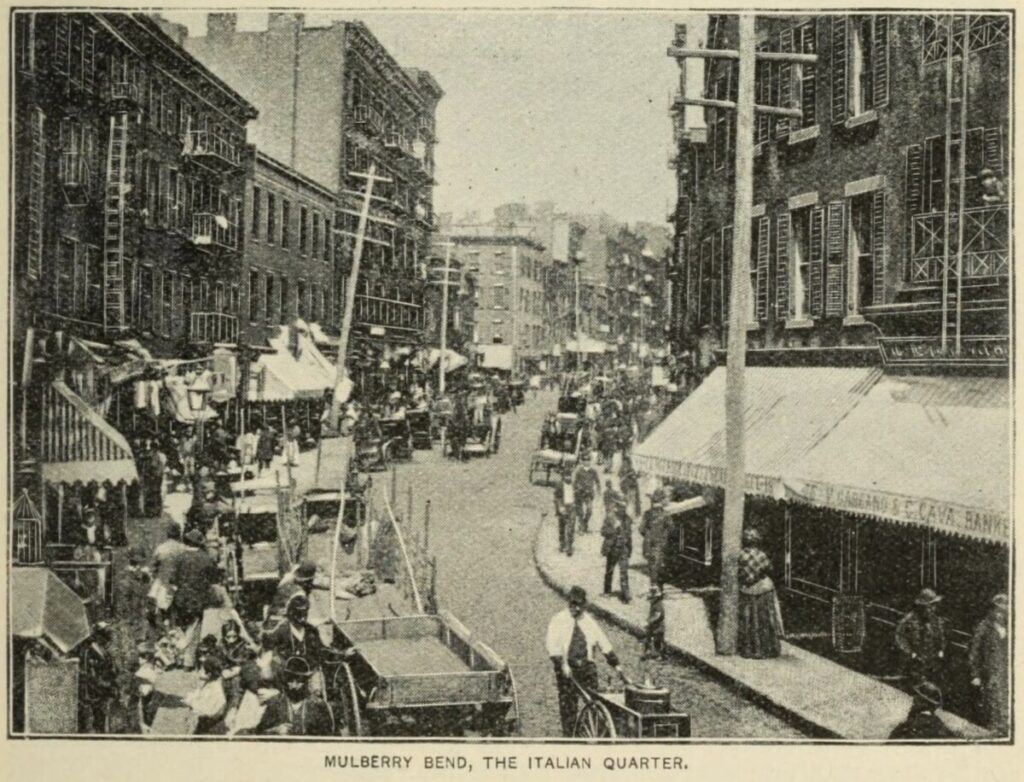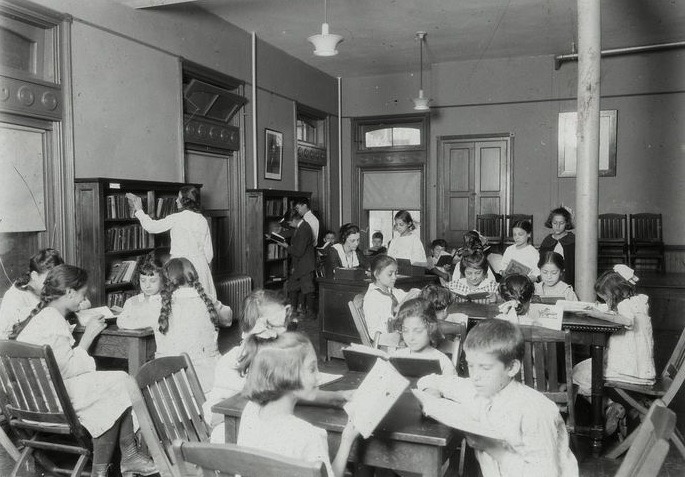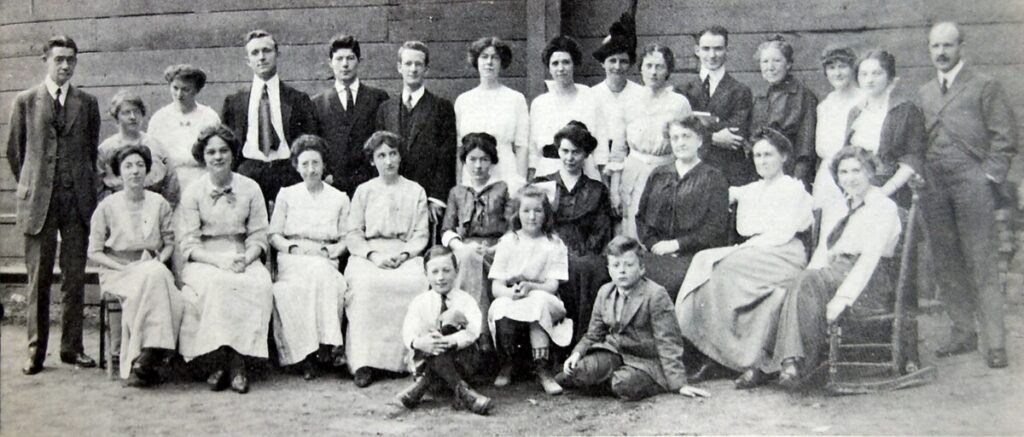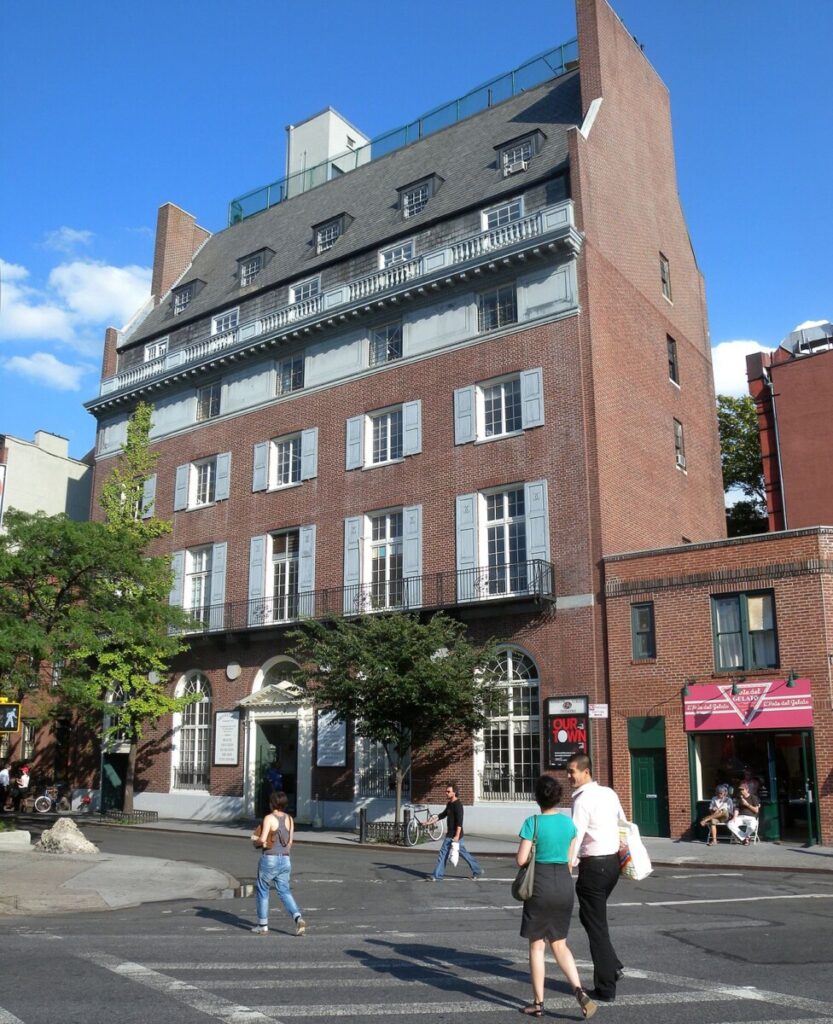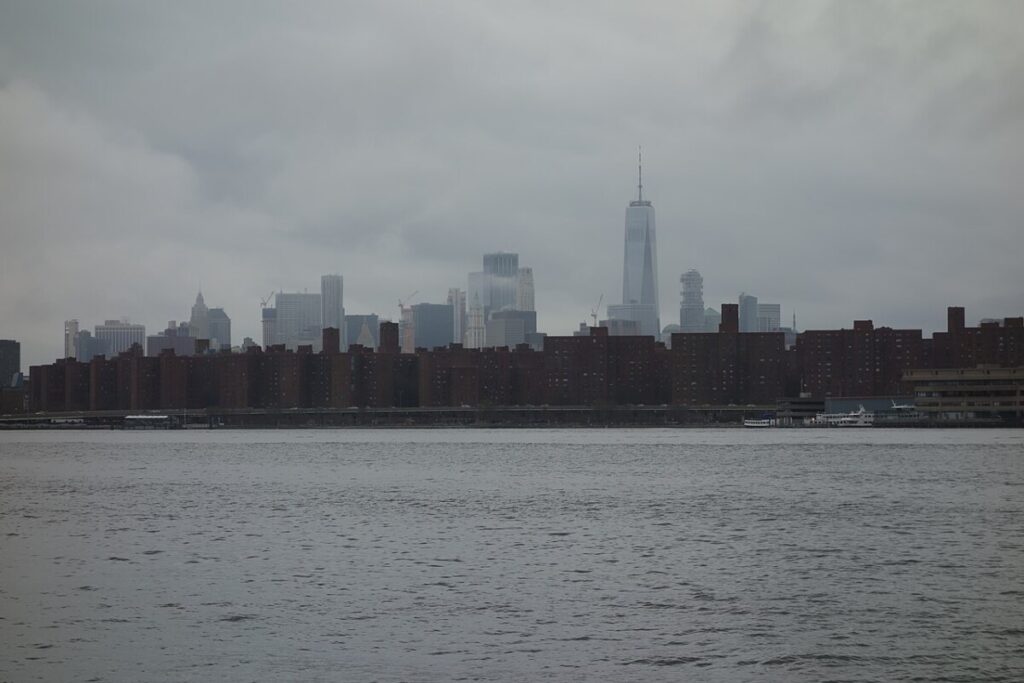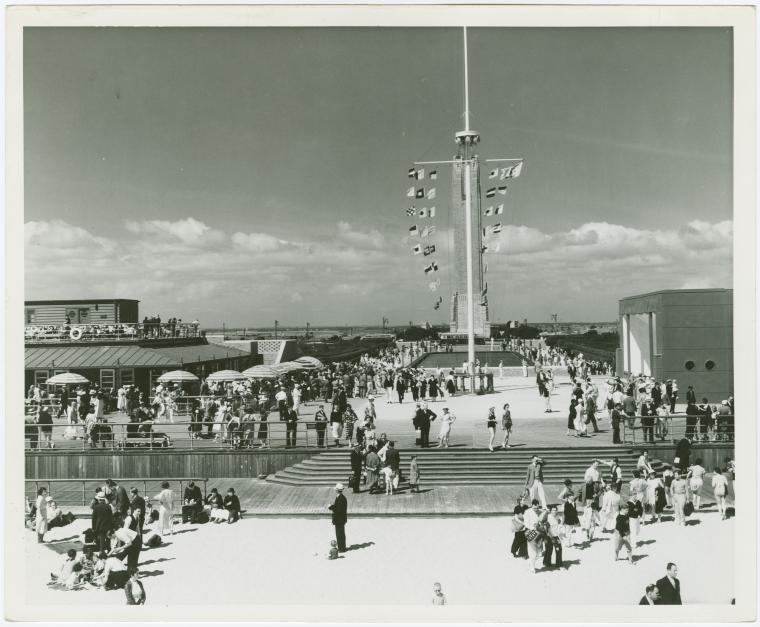As a person who has been presented with the opportunity of living in an era where car culture is immense and where MTA is part of New York City culture; I will refer to both being a user for both myself.
I observe NYC to be one of those cities where almost all its residents and tourists ride the subway. It’s almost inevitable. However, while the benefit for subway is meant to be to reduce time to get from one place to another; I feel like MTA hasn’t been able to live up to that expectation for a few years now.
One of its major drawbacks as we were all able to observe this year is how easy it is for something that threatens the masses becomes a battleground for the spread of a virus. The subway becomes a panic room and almost a traumatic experience once people must embark on a subway journey again. However, I feel like, investing in rail can be far more useful for the city. Why? Because although cars allow more control of your path; it has become detrimental the impact they have on the environment. Yes, we are investing onto electric and hybrid cars but due to the heavy presence of cars you can tell the way gas emissions are affecting the environment. They’re on of the major contributions to the smog in a city and pollution. Plus, the fact that driving sometimes can no longer be enjoyable due to traffic. It’s irritating to have to endure the sound of cars beeping at one another and just moving at 2 mph while in the highway because your stuck in traffic.
